Whether you have used a Tine Weeder for decades or this is your first year, there is always something new to learn in organic farming! Welcome to one of the most important pieces of any soil health management strategy on an organic farm.
Tine Weeding is a very effective form of mechanical weed control. A tine weeder, used correctly, can destroy 70% of weeds. Shooting for 100% weed control is simply unrealistic. The goal of a tine weeder is to attack the weeds before they start growing, giving the crop an opportunity for a head start. Some weeds are actually good, because of their higher density and variety of wild herbs that helps with the stability of the soil.
Knowing how to properly use your tine weeder gives you a higher ROI on your crop, so let’s get in to the weeds!…..(I can’t resist a bad pun)
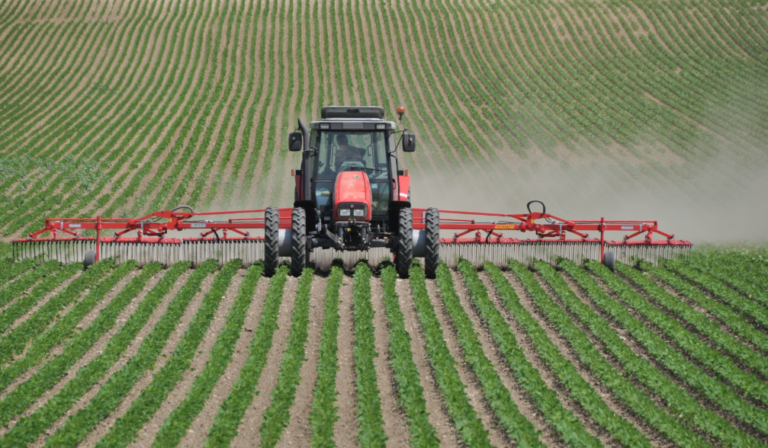
During your first few years of transitioning, weeds won’t be as prevalent due to prior use of pesticides.
You should try to tine weed on a sunny and windy day, as the weeds will dry out quickly and die.
Tines are angled so the tines have light pressure on the soil and tine position is set so the “tip is forward of the bend”. This means the bottom of the tine is slightly pointing forward into the soil in the direction you are going forward.
The aggressiveness of the tine weeder is largely dependent on your speed and structure of the soil (not the angle of the tines). More often than not, it is better to work at slower speeds and make two passes through the soil. Going the opposite direction the second time through.
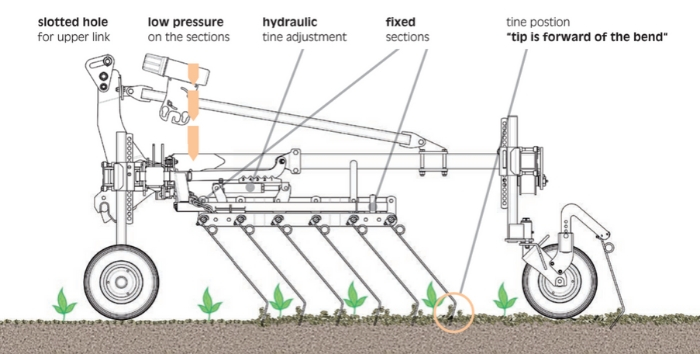
Not all tine weeders have these features. This side profile is showing the Einbock Aerostar Exact Tine Weeder.
The below guide advises you when and how to use your tine weeder in different crop and different growth stages. Including soybeans, corn, field beans, cereal grains, etc.
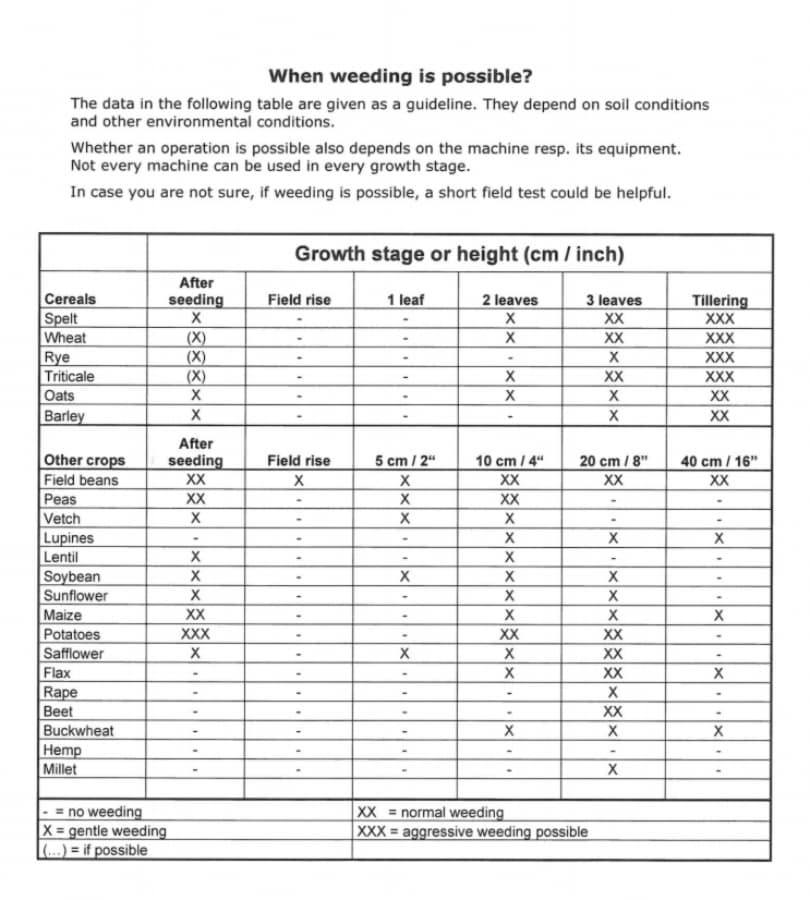
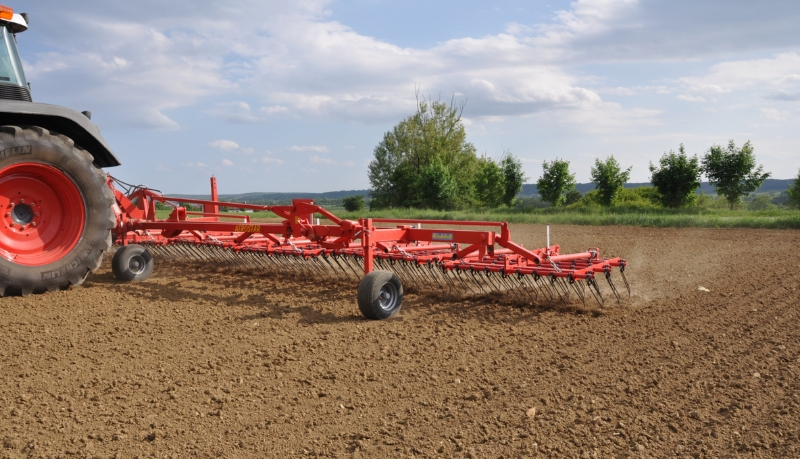
Tine weeding done between seeding and crop emergence.
Keep in mind, the deeper the seed placement, the less likely the seed is disturbed.
Field bean, soybeans, or corn (generally these crop are seeded deeper)
The tine weeding will not only help with weed control but it also breaks up the soil crust to allow for easier emergence of the crop.
We sell Hatzenbichler Tine Weeders. We have thousands of acres covered on our own organic farms using the Hatzenbichler tine weeder and recommend this impressive piece of equipment for any organic farmer.
Wheat, barley, oats, rye, corn, and potatoes.
Very dependent on the size of the crop. For post-emergence crops, it is important to tine weed when the weeds are in the white hairs stage (germination).
You do not want to tine weed during sensitive stages of crop growth (ex. the 2 leaf stage on grain).
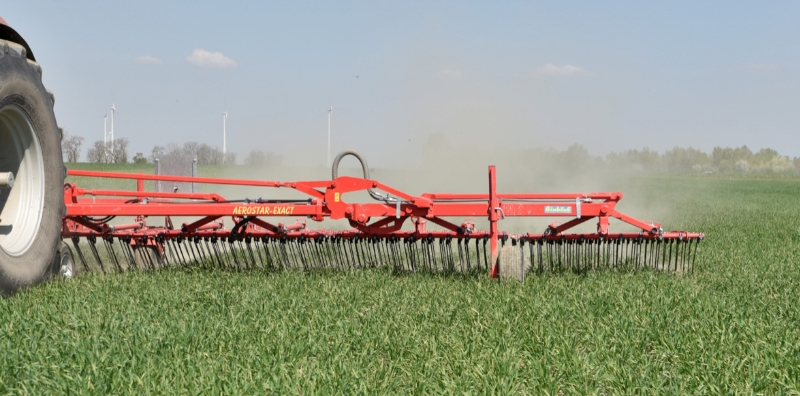
At Crop Fertility Services, we partner with Hatzenbichler because of the high quality and elite performance of their equipment, including Tine Weeders. If you’re in search of a tine weeder, particularly a Hatzenbichler Tine Weeder, get in touch with us via call or text, or by using the button below!
Get An Equipment Quote
Get a quick, no hassle quote on a piece of equipment. We pride ourselves on an unmatched level of service from start to finish and deliver anywhere in the United States. Try us, I dare you.
Get A No Hassle Quote
Get a quick, no-hassle quote on anything delivered to your farm. We pride ourselves on an unmatched level of service from start to finish and deliver anywhere in the United States. Try us, I dare you.
The Minimum Pellet order is 25 Tons (one semi-load) – Fill this out, we’ll be in touch!